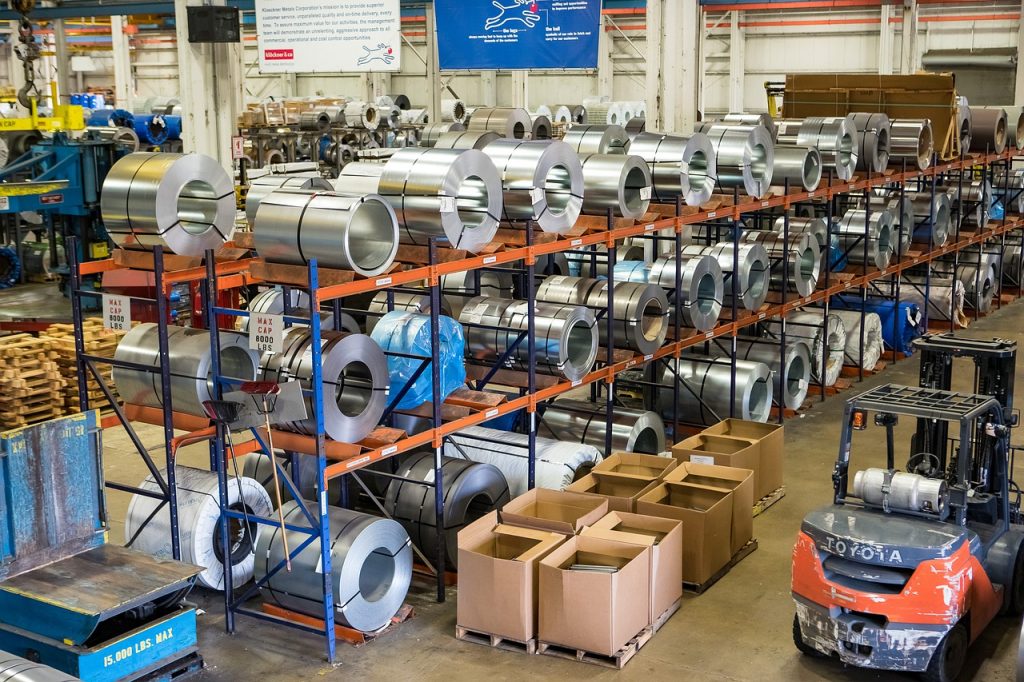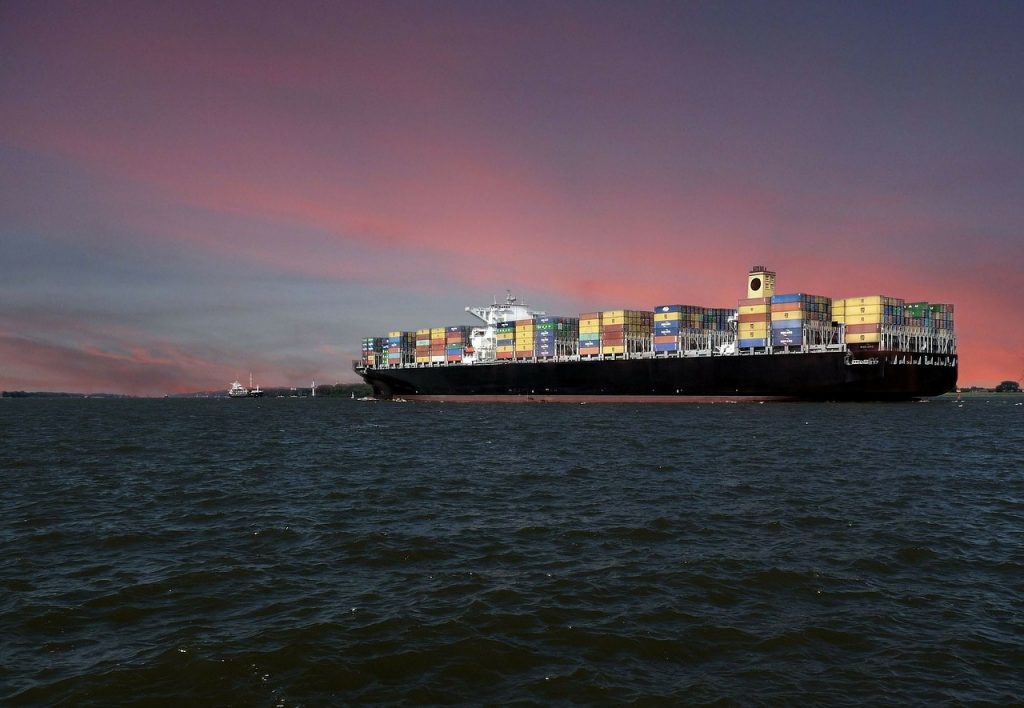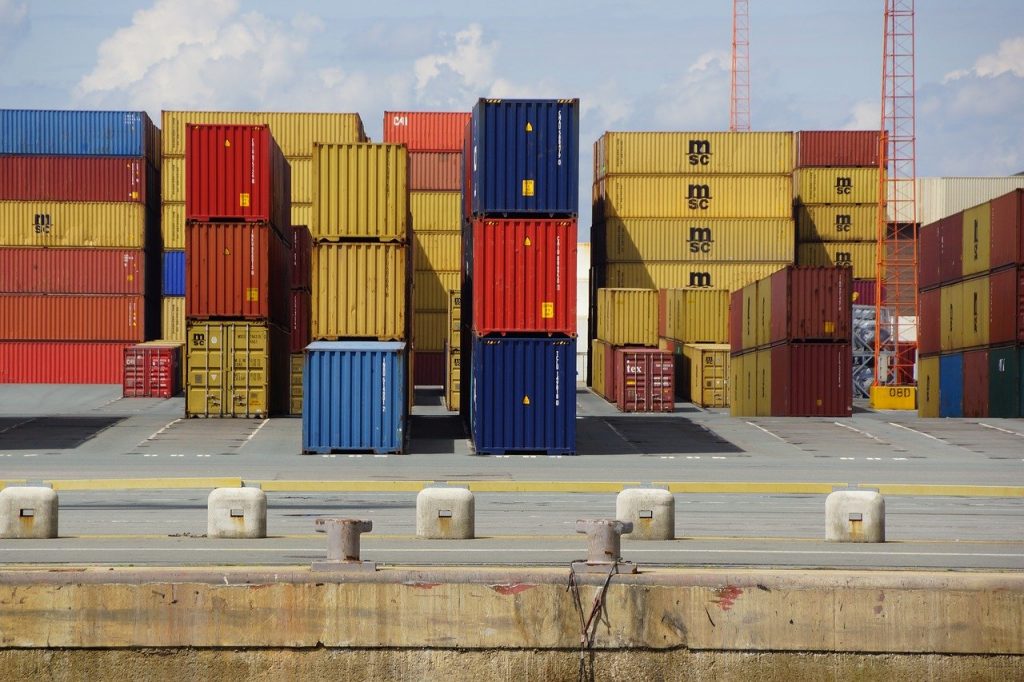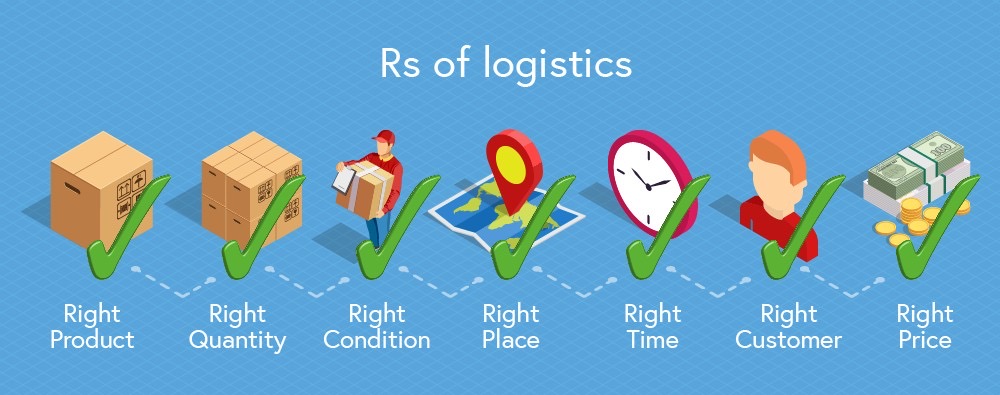Supply Chain Management involves the regulation of goods and services through effective planning, design, execution, control and monitoring of supply chain activities. Supply Chain and Logistics Management are undeniably vital to every company operating in numerous industry. The 7 R’s (Rights) is one of the most crucial concepts in Logistics Management and managers should strictly memorize it to acquire the fundamental knowledge of Logistics.
1. Right Product

During the process of selecting a product, a company should look into potential issues that can arise during the transportation stage. For instance, fragile or oversized products require special packaging and this could affect the decision of choosing the most suitable transportation mode.
A well-designed product can significantly facilitate logistics when they ensure a specific level of standardization. Such products will make packaging, warehousing and transport much easier. For example, IKEA’s products are designed to ship in flat-packs to get more items in each load. This results in fewer journeys which equates to less fuel consumption and fewer emissions.
2. Right Customer

After being created, the right products must be delivered to the right customers. The greatest challenge in this process is identifying targeted customers and spreading awareness about the products or services. Useful market research would give managers insights into potential customers and allocate the budget for marketing strategies wisely. By doing that, a company will be able to gain more leads and reach more customers.
3. Right Quantity

The right quantity plays an important role in logistics. Knowing the exact quantity and meeting the demand is the key point for a manufacturer to keep their reputations and avoid losing money. If a company produces too many products, the warehouse would be overloaded and other related expenses will be raised. For any logistics company, with the help of modern technology, the company can easily manage all quantities of goods to deliver.
4. Right Condition

Delivering products in the right condition refers to the safety factor in shipment. The quality of the product should be maintained, and the packaging must be intact when reaching the end user or the customer. It can be considered the responsibility of the supply team and distribution team to preserve the quality of the product without increasing overall costs. Häagen-Dazs is famous for its delicious and luxury ice-cream. In order to maintain the quality of the products, Loop – one of its distributors in the US has chosen to ship ice-cream in reusable frozen container. They also develop a cooler box system to fit inside the reusable Loop tote bag so that customers can keep the ice-cream cool for 24 to 36 hours after the purchase.
5. Right Place

The next important factor is to make sure the products are being delivered to the right destination. In addition to having experienced delivery staff, the company should also have an effective Transportation Management System or a Route Optimization Software. These types of system can help in tracking and organizing the movements of the materials and products, providing managers with the opportunity to look back and analyze past decisions through data storage capabilities.
6. Right Time

Timing is another important factor when it comes to logistics since more and more customers are having concern on the time of delivery. In order to maintain competitive advantages in the industry, there should be no delay in delivering the products to end consumers. With the routing software, the company can have the most optimized route and therefore save up time. With the help of a Route Optimization Software, a company can optimize shipment routing, shipment load planning, shipment tracking and even routing guide, etc. An excellent software system can give insight through reports, dashboards, charts and other features that enable better decision making, therefore saving time for the company.
7. Right Cost

Last but not least, combining with previous factors, products should be shipped at the most suitable cost. An appropriate price point ensures the company profit and helps gain a competitive position in the market. As mentioned above, using a route optimization software can help reduce total transportation costs as well as operating costs by reducing total route distance and average miles between stops.
In short, a supply chain manager should remember to deliver the Right Product to the Right Customer, in the Right Quantity, in the Right Condition, at the Right Place, at the Right Time and finally at the Right Cost.
►Source: https://www.abivin.com/post/the-7-rights-of-logistics
►Website: https://www.alfrofreight.com
►Contact Us: https://www.alfrofreight.com/contact
►Get Quotes: https://bit.ly/alfroquote

